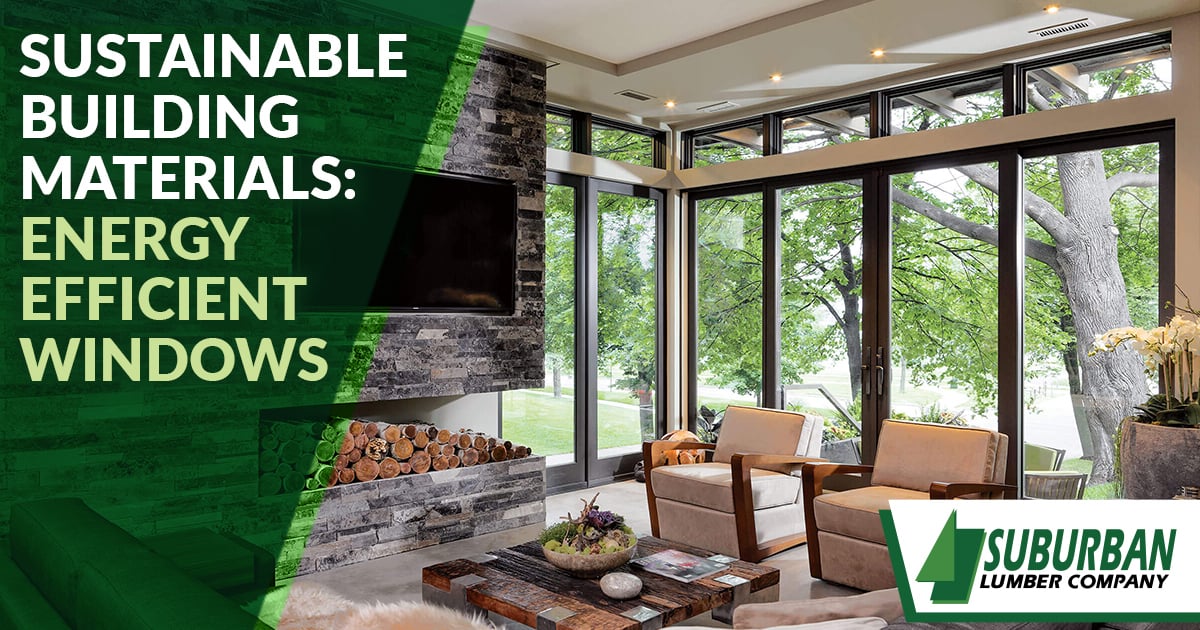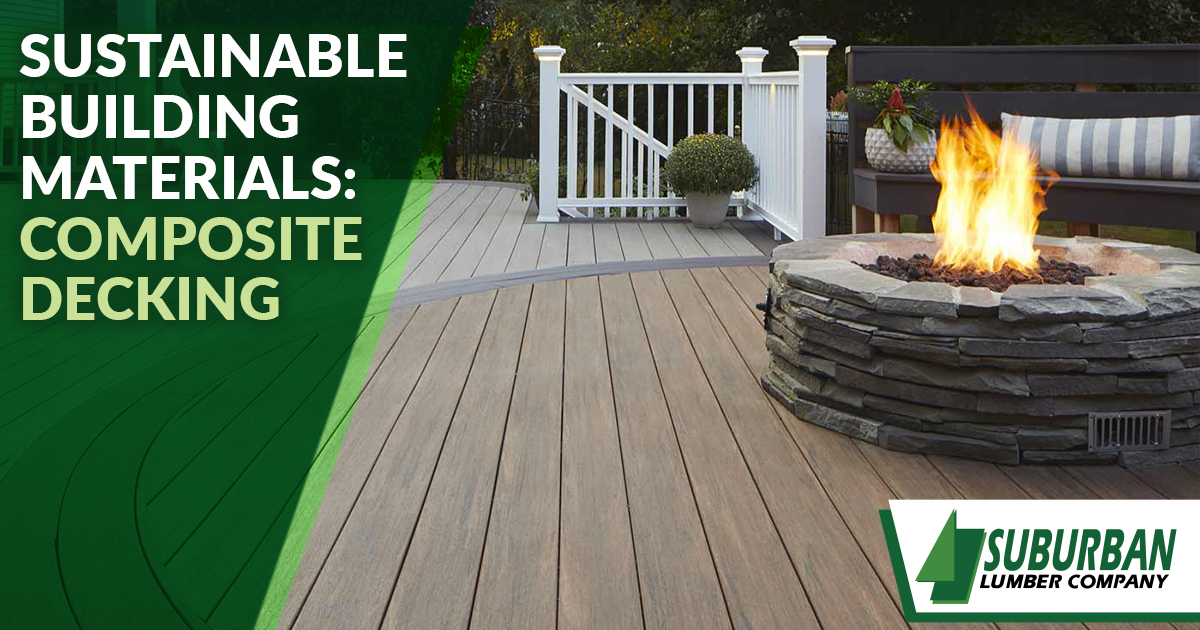This is the second part of our four-part series on sustainable building materials. You can read part one here.
Sus·tain·a·ble (adj): involving methods that do not completely use up or destroy natural resources.
Sustainable building materials are products that won’t completely exhaust a resource or resources over time. They can be made by recycling things that would otherwise end up in a landfill (i.e. composite decking that uses recycled plastics), reduce energy usage (i.e. energy-efficient windows or solar panels), or even be made from organic materials that reproduce quickly (i.e. bamboo and cork).
Unlike a couple of decades ago, sustainable building materials are no longer just a niche market. In fact, there are probably materials you’re familiar with that fit the definition of “sustainable” but aren’t advertised as such. Manufacturers have shifted to producing sustainable products because the raw materials needed to create them are renewable, which makes them more cost-effective and easier to source.
Composite Decking:
Like engineered wood products, composite decking uses recycled materials and is much more durable than traditional lumber. Composite decking also increases sustainability by using recycled plastic that would otherwise end up in landfills and increasing the lifespan of a deck so it’s not being replaced as frequently.
We are proud to offer TimberTech, DuraLife, and Trex composite decking products. These brands use slightly different materials and slightly different methods, they all use upcycled materials that would otherwise be waste.
Each of these brands makes sustainability a priority:
- In 2021 TimberTech diverted roughly 500 million pounds of waste and scrap from landfills. They also re-used approximately 99% of the internal scrap they generated.
- DuraLife’s closed-loop water cooling system results in almost no wastewater produced during the manufacturing process.
- In 2020 Trex upcycled more than 350 million pounds of post-consumer plastic from retailers, brand owners, and consumers through a network of 32,000 collection stations across North America.
While products like composite decking and some types of engineered wood can cost more upfront than traditional products, for many homeowners, the durability and extended lifespan of these options more than make up for the one-time cost. In addition, you are not spending money on costly high VOC stains to keep treated lumber looking nice as they age.
In 2022, you don’t have to be an environmentalist to use sustainable building materials—you just have to look at the cost over the lifetime of the product. Our expert staff at Suburban is always ready to help you understand the sustainability of different materials and how upfront costs and lifetime costs of different products compare. Stop by our showroom, give us a call or contact us online.
Read Part Three on ENERGY-EFFICIENT WINDOWS



